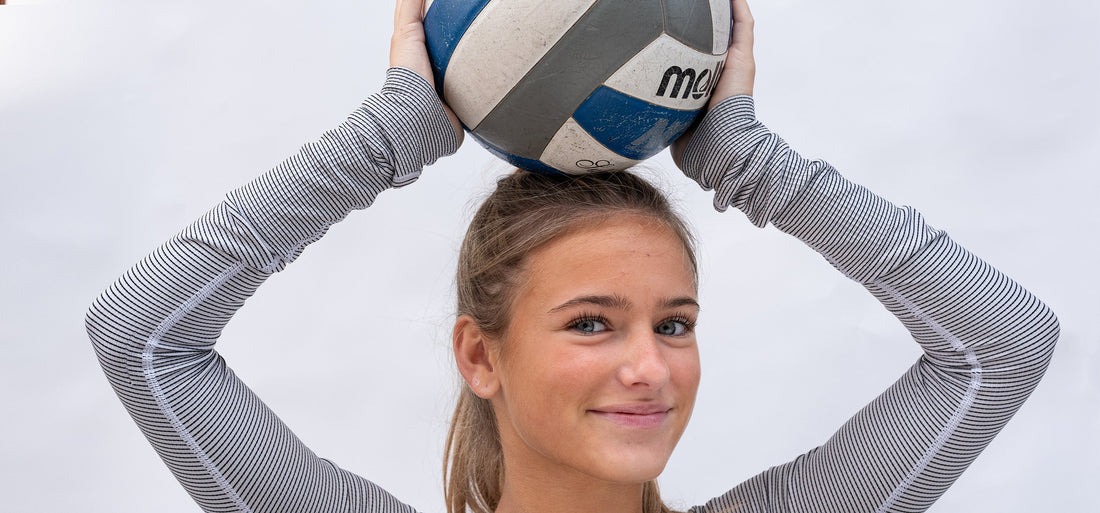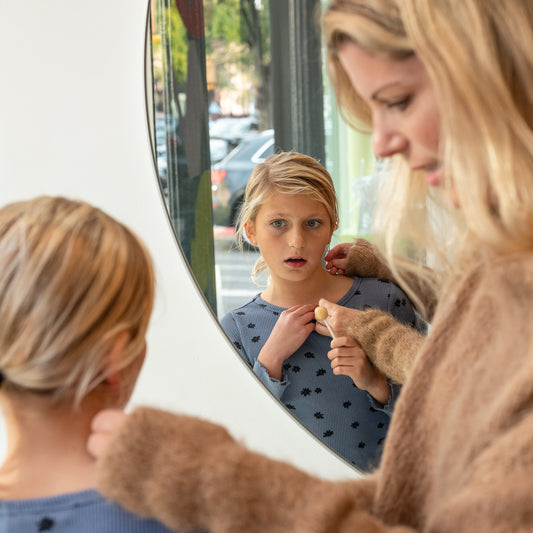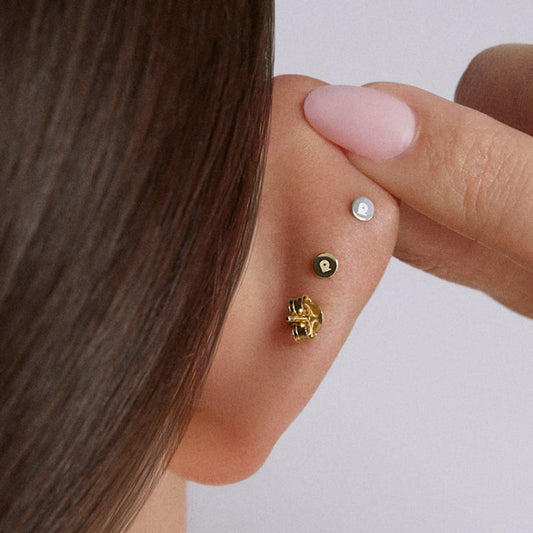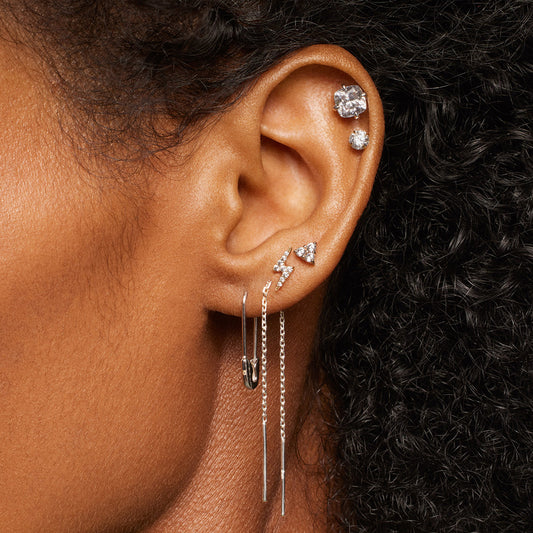What Earrings Should I Wear While Participating in Sports?
Earrings for the Everyday Athlete

Having an active lifestyle and participating in sports is something that all age groups enjoy. But both sports and ear piercings are particularly common amongst middle and high schoolers. Here’s how to safely navigate getting your ears pierced while playing sports.
Understanding the Risks
Wearing earrings anywhere in your ears while playing sports can be potentially harmful, and the risk is greater for those participating in contact sports. In some cases, injuries sustained from wearing jewelry can be severe and require surgery. Anything from a torn earlobe to a major infection can result from trauma caused by contact sports. Other risks include minor infections, bleeding, or stretched piercings, which also require medical treatment.
Any of these injuries could affect your ability to wear earrings in the future. That’s why preventing these outcomes is critical.
Safety Tips for Wearing Earrings During Sports
Regulations may vary by sport, age, and state. There are some regulations that strictly forbid jewelry of any kind from being worn during a game. There are others that may only restrict the kind of jewelry one is able to wear.
If your sport allows you to wear earrings, it’s important to choose the safest option. Simple studs, such as our 14K Classic Pearl Studs make great earrings to wear during sports. We also recommend wearing flat backs, as they are less likely to get snagged on equipment. It’s best to avoid hoops or any earring that dangles, as these can easily get caught on clothing or equipment or accidentally grabbed and torn from your ear - ouch!
The best option, however, is our sports studs. Made of soft, hypoallergenic silicone, these light and flexible studs fit comfortably in the ear without causing distraction.
Pro Tip: Use a water soluble lubricant to insert Sports Studs with ease
Some regulations allow “taping” of your earrings while participating in a sport. Be sure to use tape that isn’t so strong that it leaves a residue on your skin or jewelry. A bandaid cut to fit your ear may work well. Medical-grade paper tape will be more gentle on your skin, particularly if you’re sensitive to latex or adhesives.
Preventing Irritation & Infection
After you’re done training for the day, make sure you sanitize your earrings and your ear. This will help to keep your ear piercings healthy over time. Keep a bottle of our Advanced Aftercare in your bag to easily clean both your ear and your earring after practice.
As tempting as it may be to share your studs with team members, it’s also important not to share your earrings with anyone else. This will help you to avoid potential infection.
If your piercing is less than a year old, it’s critical that you clean your piercing as soon as possible when you’ve finished training. Removing dried sweat from your skin will help prevent potential irritation or infection.
Pro tip: Sweat can dull your earrings’ luster, Polishing your earrings afterwards will help keep your earrings sparkly over time!
Advice for Athletes Wanting New Piercings
If you want a new piercing, timing is everything! On average, the earring your nurse put in when you got pierced needs to stay in place for anywhere from 3-12 weeks. After that, you’re free to swap your jewelry, but a hypoallergenic earring should stay in the piercing for at least 1 year to prevent the piercing from closing.
Talk with your coach or sports official as well as your healthcare provider to determine the best timing for your new piercing.



